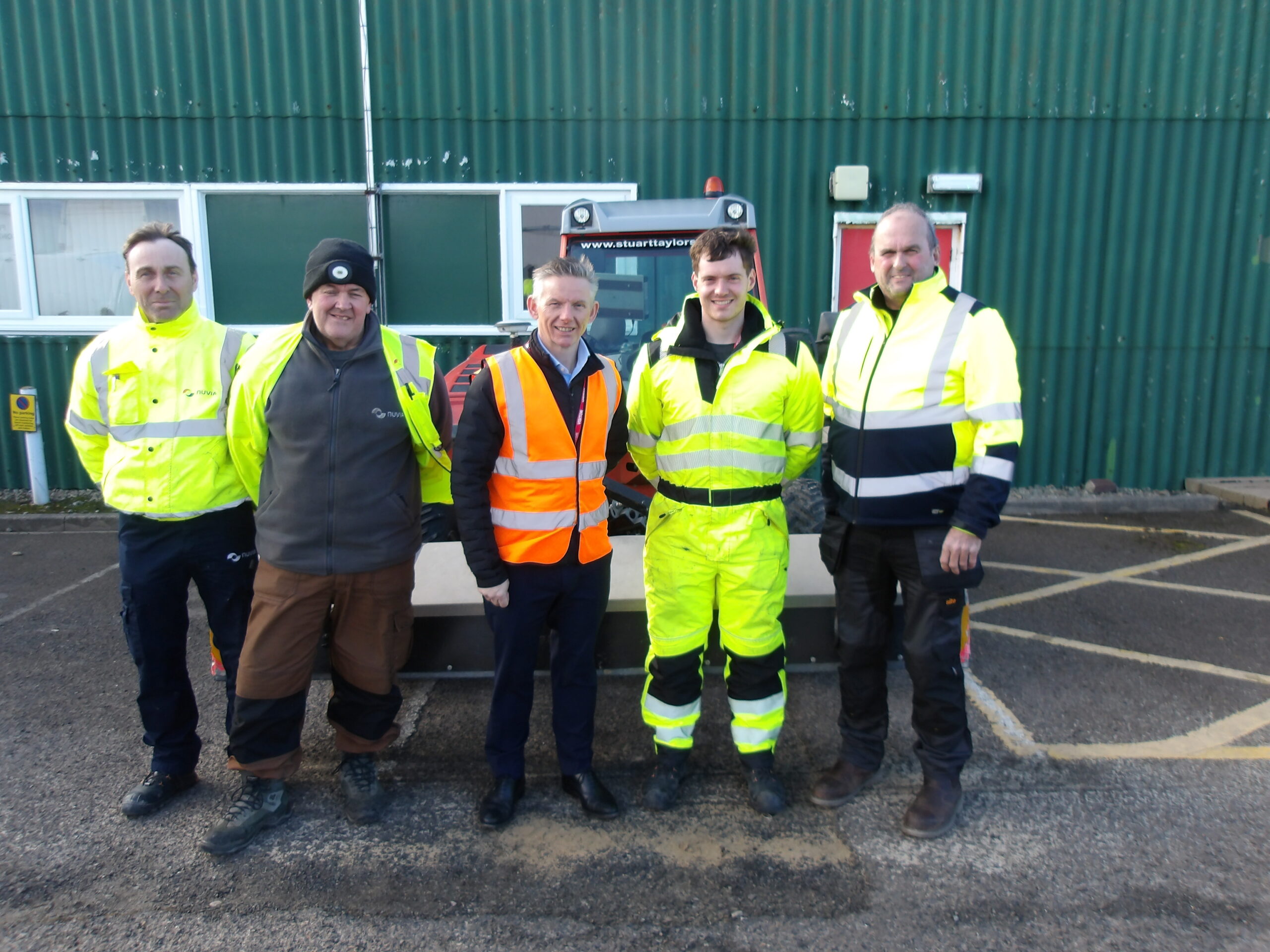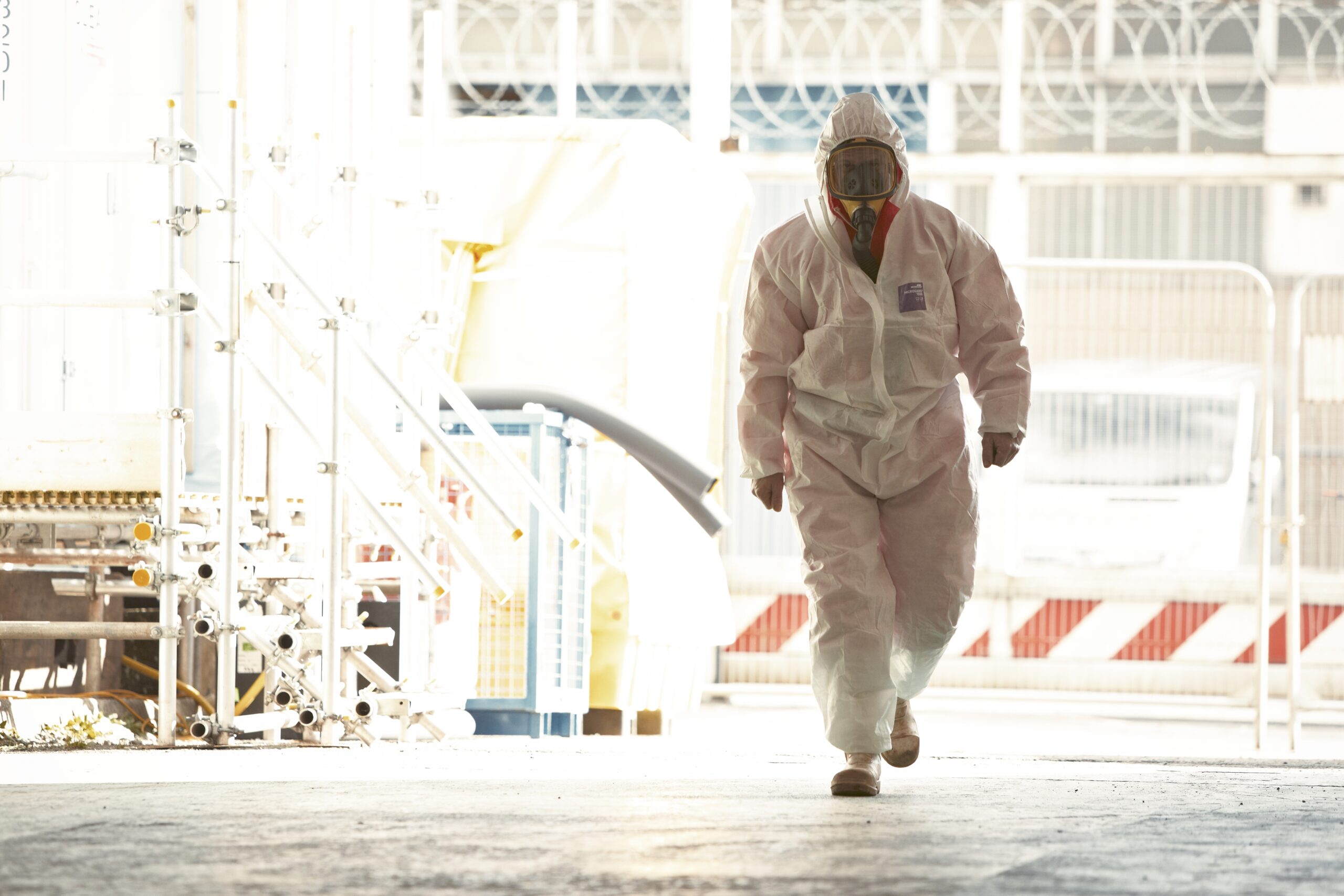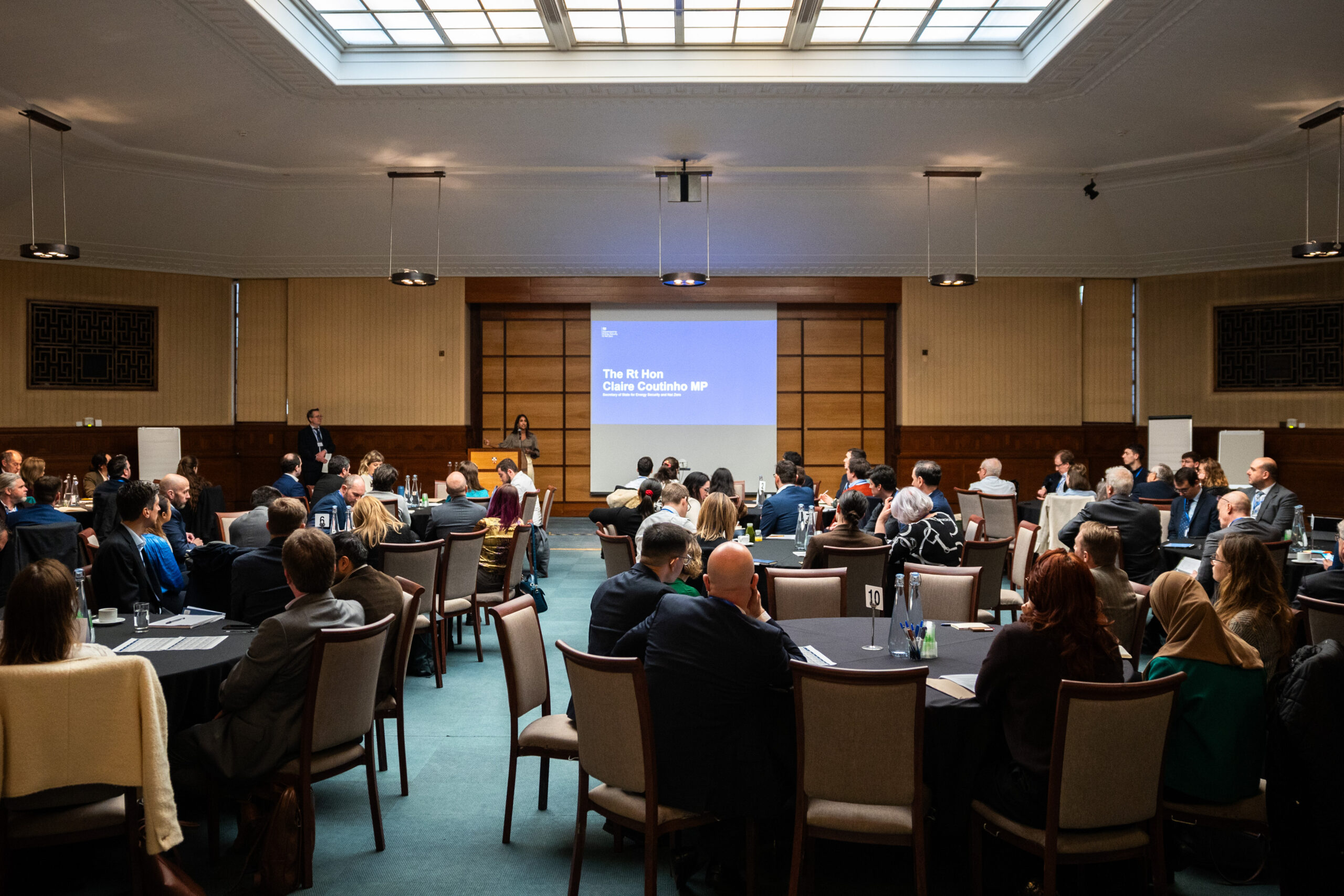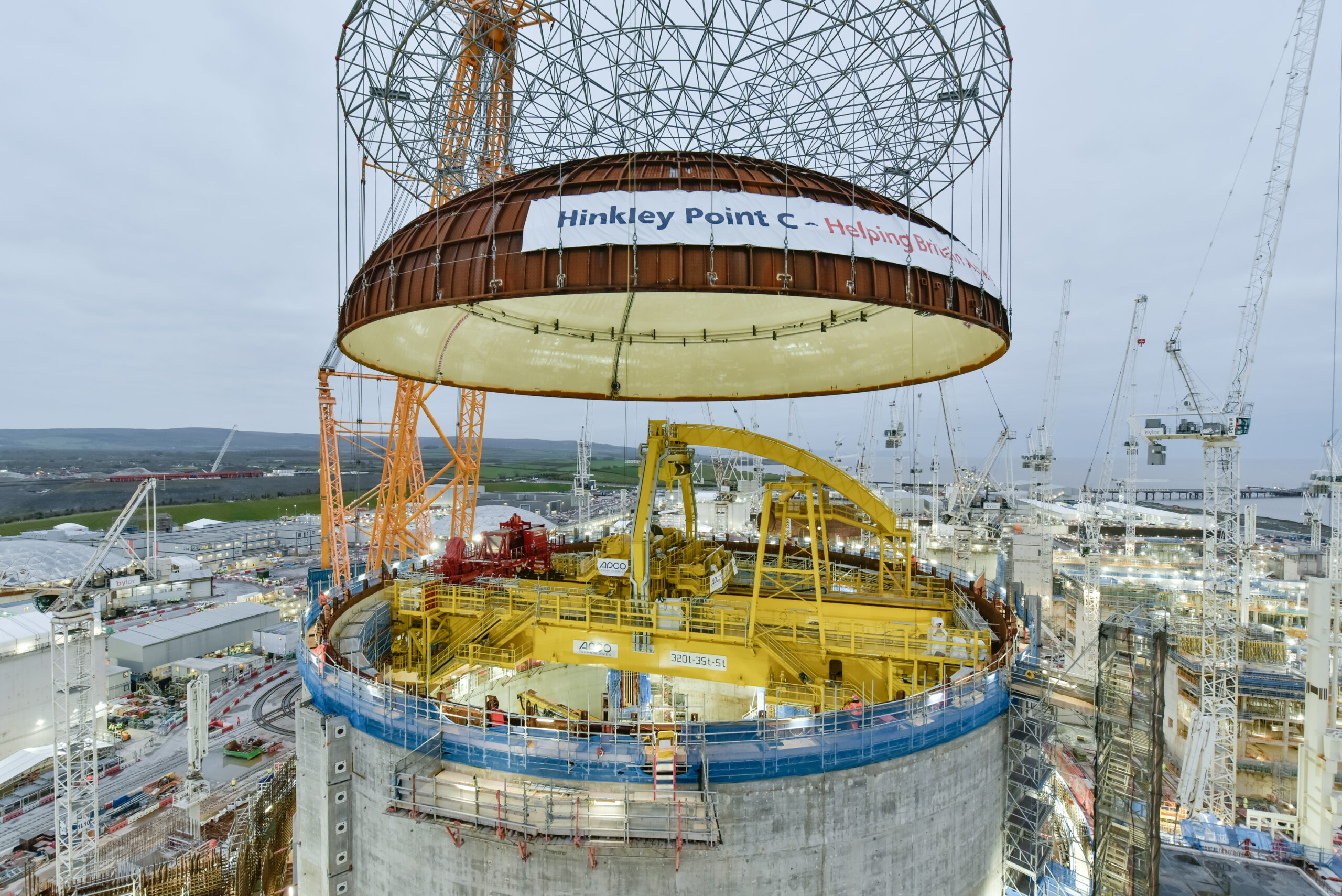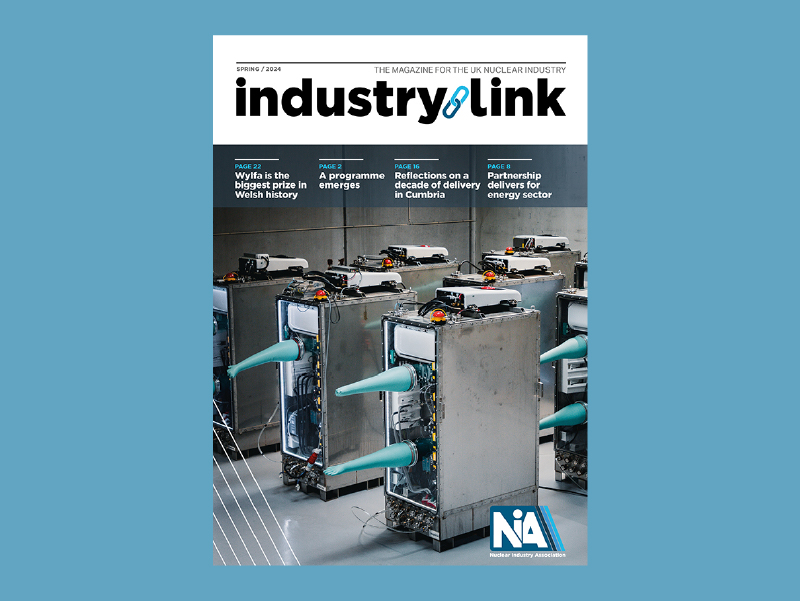Going nuclear in the drive to Net Zero
Nuclear energy, along with hydrogen, has been presented by the Conservative government as the solution to the UK’s energy crisis. The confirmation of funding to deliver the new Sizewell C power station is a welcome part of the Autumn financial package that places energy, along with infrastructure and innovation, at the heart of the Government’s priorities for the future.
In our new series, The Hardest Jobs in Net Zero, we explore the oxymorons of infrastructure – those roles that, on the surface, seem to be anything but sustainable.
Today, we speak to Jas Sidhu, president of the Nuclear Institute, to understand the role that nuclear energy can play in the drive to Net Zero 2050.
“In terms of getting to Net Zero, the only viable option includes nuclear power. The consensus across major international institutions is that all low carbon technologies, including nuclear, will need to be deployed urgently and at scale in order to achieve Net Zero targets”.
Who leads who?
For Jas, the changing policy priorities of successive Governments has seen the initiative for nuclear development stall significantly.
“Nuclear energy generates between 15 – 20% of our nation’s electricity at the moment. This is scheduled to decrease because of the current fleet of gas cooled reactors reaching end of life. There’s a lot of talk, but it all needs investment, which the Government needs to facilitate asap.”
There is hope for the future, with organisations within the nuclear sector driving that change. The Nuclear Institute’s Young Generation Network (YGN) is a key part of driving that change.
“The YGN has been in existence for over 20 years and currently consists of approximately 1,250 members. The YGNs position paper, ‘Nuclear for Climate’ is a grassroots initiative gathering nuclear professionals with the goal of opening a dialogue with policymakers and the public about the necessity of including nuclear energy among the carbon-free solutions to climate change. Its vision is for a clean, sustainable and abundant low-carbon future for all. Our mission is to accelerate the ability of the world to achieve Net Zero by 2050, by driving collaboration between nuclear and renewable technology.”
Presently, the sector is developing new technologies, but is dependent upon the Government to take action to unlock further progress, similar to that which it has done for other industries.
“If you look at battery storage, British industries put forward a strong business case, which the Government supported because they understood it was in the national interest. That hasn’t happened at the same pace with nuclear investment. It cannot simply be left to market forces to deliver critical national infrastructure. The state needs to have a greater influence in facilitating the delivery of future nuclear technology. Serious investment is needed and although you may not see the results for 10 to 15 years, it is critical to undertake.”
Behavioural change is key to drive new skills and talent
Jas’s own journey into nuclear began from witnessing the industry’s greatest tragedy. As a sixth form student in April 1986, watching the disaster in Chernobyl, near Pripyat in Ukraine, unfold before him, Jas was as encouraged as he was abhorred by the tragedy, which propelled him on the path to studying nuclear engineering.
“I was at school – studying A-levels in maths, physics and music – and that one event inspired me to study nuclear engineering.”
Drawing from his own journey, Jas emphasises the need to encourage STEM take-up at schools as a path into nuclear engineering for the next generation.
“From a nuclear industry point of view, attracting youngsters to study STEM in the first place is one of our priorities. From that, we can facilitate a greater pool of talent coming into the nuclear industry.”
There is a danger that there will be a gap between the current generation of nuclear engineers and those of future generations of graduates.
“We have 65,000 staff employed in civil nuclear industries. We have amazing talent but an ageing workforce that needs to be replaced by future generations of students coming to join the nuclear industry.”
For Jas, action needs to be taken early in the education cycle, broadening awareness and interest for nuclear technologies in the classroom. This necessitates the recruitment of teachers with the right expertise and enthusiasm for the sector.
“Getting teachers on message will be critical to ensuring it is made accessible to students. Including studies on the curriculum is not enough unless you have teachers who are buying into it as well – and it’s on the industry to ensure that happens”
Collaboration is critical
While interaction between partners in the sector is not uncommon, Jas admits that a shared approach towards addressing the challenges of the sector is needed.
“We often have discussions with partners, such as the National Nuclear Laboratory. Issues relating to recruitment, training and supply chains are all common . We all like talking to each other, but we are less good at broadcasting outside of the industry. This is partly because of the industry’s history, but this needs to change to reach a more public channel.”
What of the existing energy companies in the fossil fuel industry? Does collaboration occur there also?
“There is this perception that the pursuit of net zero will lead to mass redundancies in the fossil fuel workforce. However, we are open to employing scientific and engineering professionals in the nuclear industry, who started their careers in fossil fuels.”
Jas’s comments demonstrate the necessity for the nuclear industry to rebrand its image in public perception. The Chernobyl disaster, which propelled Jas on his trajectory towards a nuclear career, also casts a heavy shadow in the minds of people today. Along with Fukushima more recently, these incidents make a disproportionate impact on the image of the nuclear industry.
Nuclear energy is going to play a large part of the mixed renewable energy mix in future. Therefore, the present anxieties towards the perceived dangers of the industry need to be overcome.
It is critical for the UK’s energy security that this narrative can be reconstructed and delivered through a comprehensive and continued campaign. Without this, the opportunity to encourage greater emphasis in school curriculums and routes into jobs within the sector will not be achieved.
Find out more about Jas and the team’s efforts to achieve net zero here.
And stay tuned to Copper’s channels for more articles in our search for The Hardest Jobs in Net Zero.





